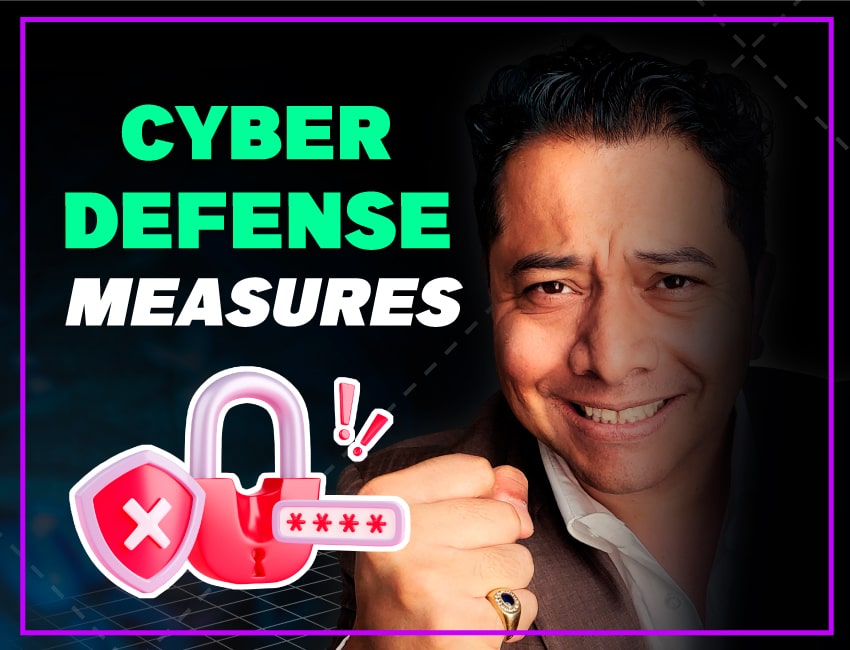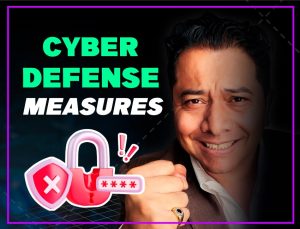Be Ready for the Unexpected

Emergencies can happen in various forms, and the expenses required to restore your business after a disaster can be daunting. Being prepared can help you recover and resume operations more effectively in the event of an emergency.
Assess Your Risks
Identify your company’s unique vulnerabilities and weaknesses. Knowing the type of disaster that’s most likely to affect your business can help you bounce back faster. Evaluate your business’s ability to reopen after a disaster by performing a self-assessment. It can help you recognize the risks of common hazards such as cyberattacks, hurricanes, wildfires, and floods.
Research shows that 25% of businesses never reopen after a disaster.
Develop a Customized Plan
Your emergency plan should be tailored to your business’s specific needs and operations since it is your roadmap to business recovery. Your plan should address your immediate priorities and be easy to access. Checklists and online resources are useful tools to assist you in creating your plan. Consider the following resources:
- The IRS Guide to Preparing Your Business for a Disaster.
- FEMA’s Emergency Preparedness Resource Series and Checklist.
Focus on the disasters that pose a real threat to your small business. Explore the resources below to minimize the financial impact of disasters and to get your business up and running as soon as possible.
Put Your Plan into Action
Train your staff and practice your plan, so you are well-prepared when a disaster strikes.
Seek Financial Support Post-Disaster
If your property has been damaged or destroyed in a declared disaster, you may qualify for a low-interest recovery loan through the SBA. These loans can cover the cost of repairing and replacing real estate, personal property, machinery, equipment, inventory, and business assets. Look into the following types of loans:
- Home and Property Loans.
- Economic Injury Loans.
- Military Reservist Economic Injury Disaster Loan (MREIDL).
Apply for an SBA disaster loan immediately and then discuss with your SBA representative the possibility of increasing the amount of your physical damage loan to mitigate future damage. There is no charge to apply for the loan, and if it is approved, you are not obligated to accept it.
Learn and Train
Access emergency resources and guidance by visiting ready.gov/business or contacting the SBA’s Disaster Customer Service Center at 1-800-659-2955 or email [email protected]. If you are deaf, hard of hearing, or have a speech disability, dial 7-1-1 to access telecommunications relay services.
The Organizations Preparing for Emergency Needs (OPEN) training program offered by FEMA is a self-paced course that guides small business owners and operators in identifying hazards, locating resources, and taking disaster preparedness actions.
Strengthen Your Property Against Disasters
Don’t wait until it’s too late to protect your home or business from potential disasters. Discover how reinforcing your property can help reduce damage and increase resilience against future natural or man-made hazards.

















